Quaker Universalism and Interfaith Solidarity
In a world that often seems overwhelmed by fears and hatred of all that is “other,” Friends have an important role to play to embrace the richness of many very different spiritual paths. Yet many Friends seem reluctant to join in ecumenical and interfaith activities.
For several years, I was blessed to have Bill Taber, a longtime Quakerism teacher at Pendle Hill study center in Wallingford, Pennsylvania, as my spiritual director. Bill took issue with the oft-repeated statement that Quakerism can be divided into Christian (or “Christ-centered”) and Universalist Friends. He asserted that Friends are, in fact, both Christians and Universalists. I assumed what he meant was that Friends were born out of Judeo-Christian traditions and Scriptures but that we also believe there are valid faiths other than Christianity. I think, however, that there is a deeper truth at work here.
I’ve recently felt led to see what the seventeenth-century Quaker theologian Robert Barclay had to say on this subject. As often happens, Barclay did not disappoint. In his Apology for the True Christian Divinity, he has two propositions (his Fifth and Sixth) which concern “the Universal Redemption by Christ, and also the Saving and Spiritual Light wherewith every Man is enlightened.” These directly address the subject of universalism. If you wade through the traditional Christian language and theology, you will see that Barclay is arguing that the direct capacity to experience God’s voice and guidance in our hearts is not restricted to any particular time, place, nation, class, gender, or faith. He reminds the reader that gospel means “good news” and that the angel in Luke 2:10 proclaims, “Behold, I bring you good tidings of great joy, which shall be to all people” (emphasis added)—not to just a few. He says a loving God would never condemn to eternal damnation large portions of humanity who have not received, or perhaps even known about, the Christian message. He says Friends believe that the act of responding to the Light within us is what redeems us and draws us into relationship with God and each other, regardless of the particular religious trappings that surround our encounter with God.
How do we relate to Christian congregations in our area who are resistant to the very idea of interfaith understanding and respect? Can we believe that God works in the hearts of those who are following a life and spiritual path that seems very foreign to our own?
Most Christians before and after seventeenth-century Friends routinely assumed that pagans and heretics of all kinds—people practicing nature worship in rural areas of Europe, or Muslims, Jews, Native Americans, Hindus, and Buddhists—were utterly cut off from God and unable to find redemption. In contrast, Mary Fisher wrote of her 1658 journey to meet the Ottoman Sultan Mehmed IV, writing that the Turks she encountered “are more near Truth than many nations; there is a love begot in me towards them which is endless. . . . Though they be called Turks, the seed of them is near unto God.”
Similarly, George Fox and other early Friends had many friendly meetings with Indigenous people in the English colonies. Fox writes about asking a Native American man if he had something in himself that reproved him when he lied or wronged others. When this man affirmed that he did, Fox took this as evidence that the Light was at work in them and available to all people.
There is no shortage of evidence of the great damage being done in many places today in the name of religion. Christian hegemony long predates White racism. The idea that Christian faith is the one and only true path to God can be found in the gospels (e.g., John 14:6) and many of the epistles. This principle served as the core justification for the suppression of non-Christian “pagan” religions in Europe, as well as the European Crusades against Muslim rule over the Holy Lands. The Spanish Inquisition tortured and murdered Jews and Muslims. The Doctrine of Discovery papal bulls were used to justify not only acts of genocide and land theft toward the Indigenous peoples of the Americas but also the kidnapping and of non-Christian West Africans into chattel slavery for European settlers in the Americas.
Of course, Christians did not limit this view of the one, true path to God to non-Christians but also applied it to other Christians of the wrong variety. Crusaders on their way to Palestine took a short detour to sack Orthodox Constantinople for failing to follow the Pope. Religious wars racked Europe for centuries and continued until the late-twentieth century, fueling sectarian violence from Northern Ireland to the Balkans.
Although White nationalists are often not involved in any explicit religious group, they often couch their racism in Christian terms. Those playing upon fears of immigrants frequently talk about the essential Christian and European nature of their nation and the need to defend it against those of different races, cultures, and faiths. White nationalists have used Christian hegemonist ideology to justify massacres of Muslims in Christchurch, New Zealand; Jews in the Tree of Life Synagogue in Pittsburgh, Pennsylvania; and Norwegian teenagers attending a socialist summer camp.
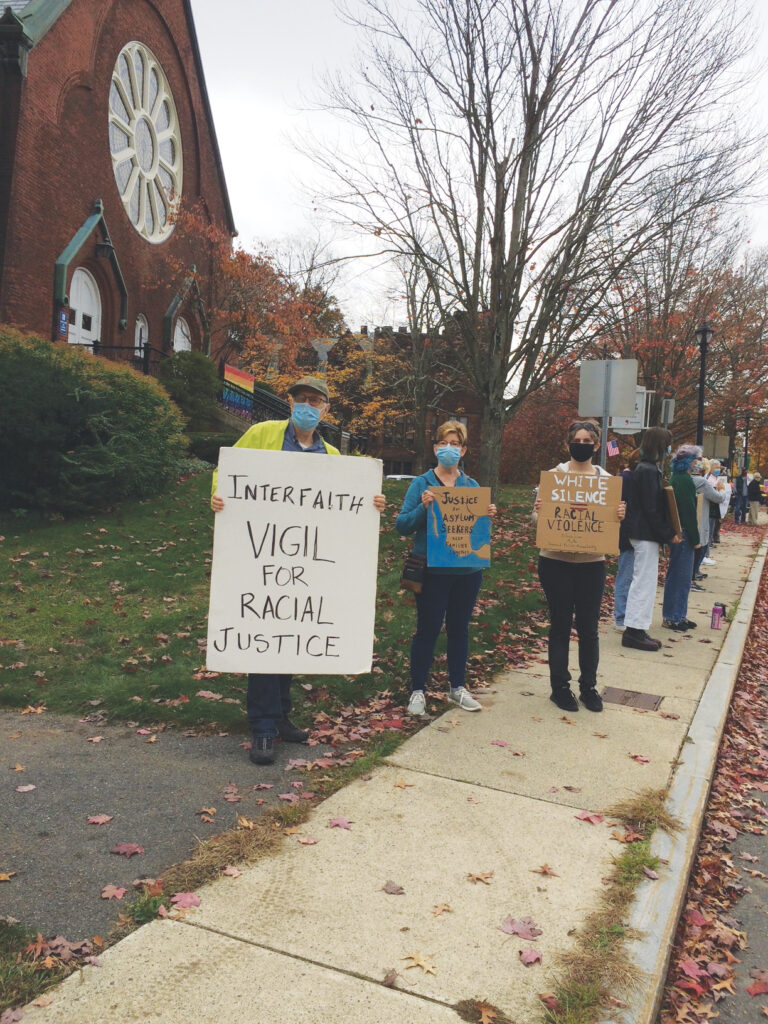
Populist politicians around the world play on fears and resentments of those who are different. It is not only Christians who use religion to fan the flames of hatred and violence. Religion has been used to fuel the Rohingya genocide by Buddhists in Myanmar, to turn a blind eye of the Modi government to the violence of many Hindus toward religious minorities in India, to incite Muslim extremists’ bombings of Coptic churches in Egypt, and to justify the ethnic cleansing pursued by the current Israeli government against Palestinians in the West Bank and Israel.
Quakers are not immune to religious self-righteousness. When they were debating with Puritans and other Christians of their time, early Friends asserted that they had rediscovered the uniquely true path to God. Following the Great Schism of 1827, Orthodox and Hicksite Friends demonstrated great animosity toward one another, with families at times split asunder and public declarations that the other group were not, in fact, Quaker.
Perhaps the most damaging example of spiritual arrogance was Friends’ heavy involvement in Indian boarding schools. Friends supporting these schools believed they knew better than Native American parents what was best for their children. These schools not only cut the children off from their families, languages, communal networks, lifestyles, and clothing but also from their spirituality, beliefs, and practices. This has been referred to as “cultural genocide.”
While I suspect most Friends in Friends General Conference (FGC) and united yearly meetings today would never suggest that other faiths are invalid paths to God, we sometimes act and talk in ways that contradict this belief. Do we convey to others deep, genuine interest in faith journeys that are different from our own? Or do we talk and act as if Quakerism is in a spiritual silo, with little in common with other spiritual paths? At the very least, many of us use Quaker jargon to describe almost every aspect of our spiritual life. One common example is the idea that “holding in the Light” has little or nothing to do with what others call requests for prayer.
Do we, in fact, believe that our faith as Friends is connected on a core level with what is being practiced in other faiths? It is hard to look honestly at our own unconscious prejudices and the extent to which our view of what is true and good is colored by our own class, ethnicity, and race. My father was active for many years on the FGC Advancement Committee, was the first clerk of Lake Erie Yearly Meeting, and worked tirelessly to build new meetings in the 1950s and ’60s. Yet he never told us that there was a Friends church in the next town over and often spoke about Southerners and blue-collar workers in nearby Detroit in ways that reflected disrespect or even contempt. These attitudes undermined my sense of my father’s love for all people and his belief in their potential to play a part in God’s work in the world.
In spite of these difficulties, I believe that Friends can and should be actively involved in ecumenical and interfaith work. Interfaith solidarity is a way to counter xenophobic fears and hatred. I have learned in my own years of interfaith work that the great faith traditions of our world share many life-affirming values at their core: the promotion of peace, care for the poor, justice for oppressed peoples and outcasts, hospitality and welcome toward strangers, and relief of suffering. These values are at the heart of the message and lives of great spiritual leaders over the centuries from Gautama Siddhartha and the Hebrew prophets to Jesus, Mohammed, Francis of Assisi, Deganawida (the Huron visionary who helped bring peace to the five Iroquois nations), Menno Simons, Elizabeth Hooton, Shaker founder Mother Ann, Baháʼu’lláh, and Howard Thurman.
When we get to listen to, learn from, and develop respectful relationships with those on faith journeys different from our own, we are acting tangibly to counter the Balkanization of our world into communities that deeply misunderstand and mistrust each other.
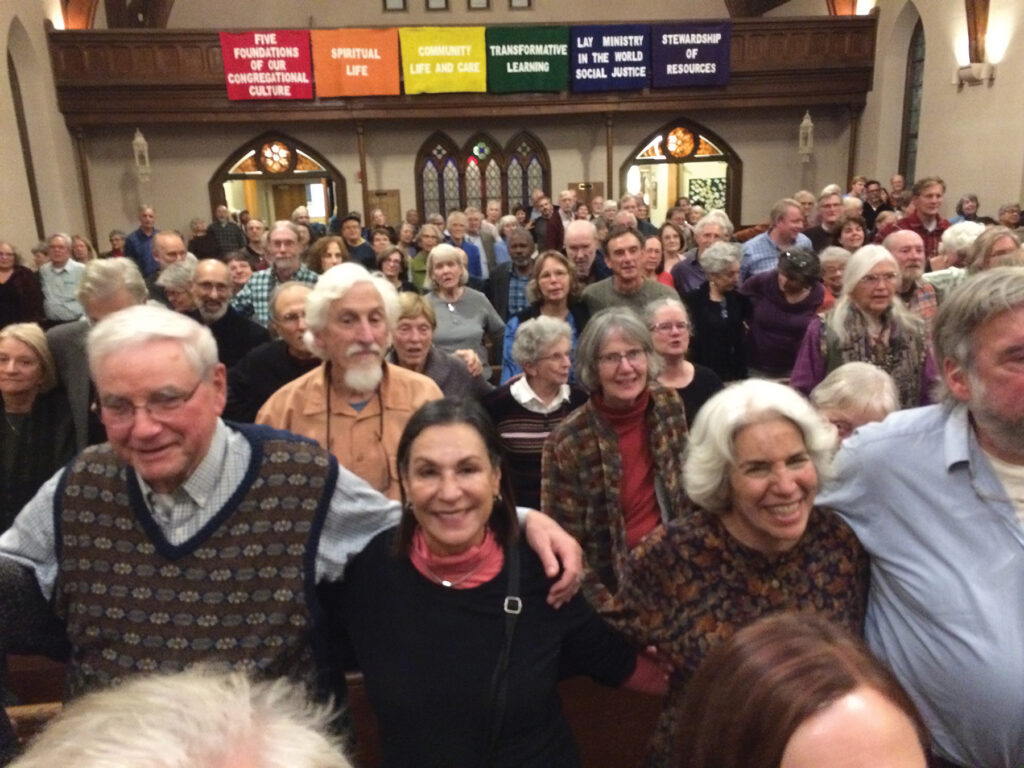
I want to share some examples from my own journey as the co-leader of an interfaith association. Many members of our meeting have been actively involved in all of these projects and events.
A local mosque had been struggling against great challenges for years to open the doors to a new building. Area congregations joined hands to raise $50,000 to help them over the final hurdle. We listened to them talk about what their faith means to them and shared a meal prepared by Muslim families from many parts of the world. Many members of the mosque told me they had never before experienced non-Muslims doing anything like this to assist Muslims.
An AME Zion congregation in Amherst, Massachusetts, had grown too small to pay for the major restoration needed on their small chapel. Again, many congregations came together to help them raise the funds needed to do the work, and we, in turn, learned about the beliefs and practices of a traditional Black church.
The nearby New England Peace Pagoda had been nurturing close relationships with Native American people in our region for many years. As the 400th anniversary of the beginning of settler colonization in the Northeast approached, the monks there asked other faith congregations to join them in learning from Native peoples. Hundreds attended a two-and-a-half-hour program that we sponsored. We walked in pilgrimage from the site of a 1676 massacre of Native American civilians to Plymouth, Massachusetts, and raised funds to support four Indigenous projects in the region.
We organized large interfaith vigils on our town common to respond to the murder of George Floyd and the massacre of Muslims in Christchurch, to pray for peace in Ukraine and Yemen, and to toll bells for the growing climate catastrophe.
We supported an intensive five-week class developed by our local synagogue to delve deeply into the issue of reparations for Black Americans: publicizing the courses, co-sponsoring some, co-leading sections, and contributing materials for the course from our own faith communities’ experiences.
The great challenges facing our world today seem utterly intractable. Faith-based work may open up hearts where intellectual and political efforts fail.
It is easier to join in solidarity with faith groups that share a great deal of our own values. Many progressive Friends, for example, feel it’s much easier to respect and be curious about faith groups that have women pastors, support gay marriage, or are committed to ending systemic racism. It is harder to listen respectfully to those with whom we share less. Some have great difficulty attending a Muslim service that restricts women to a section in the rear. When we invited the mosque to lead three sessions for our meeting, many Friends were shocked to learn that many Muslims are as literalist in their approach to the Qur’an as are Christian fundamentalists to the Bible.
How do we relate to Christian congregations in our area who are resistant to the very idea of interfaith understanding and respect? Can we believe that God works in the hearts of those who are following a life and spiritual path that seems very foreign to our own?
The great challenges facing our world today—building a peaceful world, making the fundamental changes needed to save our planet from climate catastrophe, and facing truth and working to repair relations with Indigenous peoples and the descendents of enslaved African Americans—seem utterly intractable. Faith-based work may open up hearts where intellectual and political efforts fail.


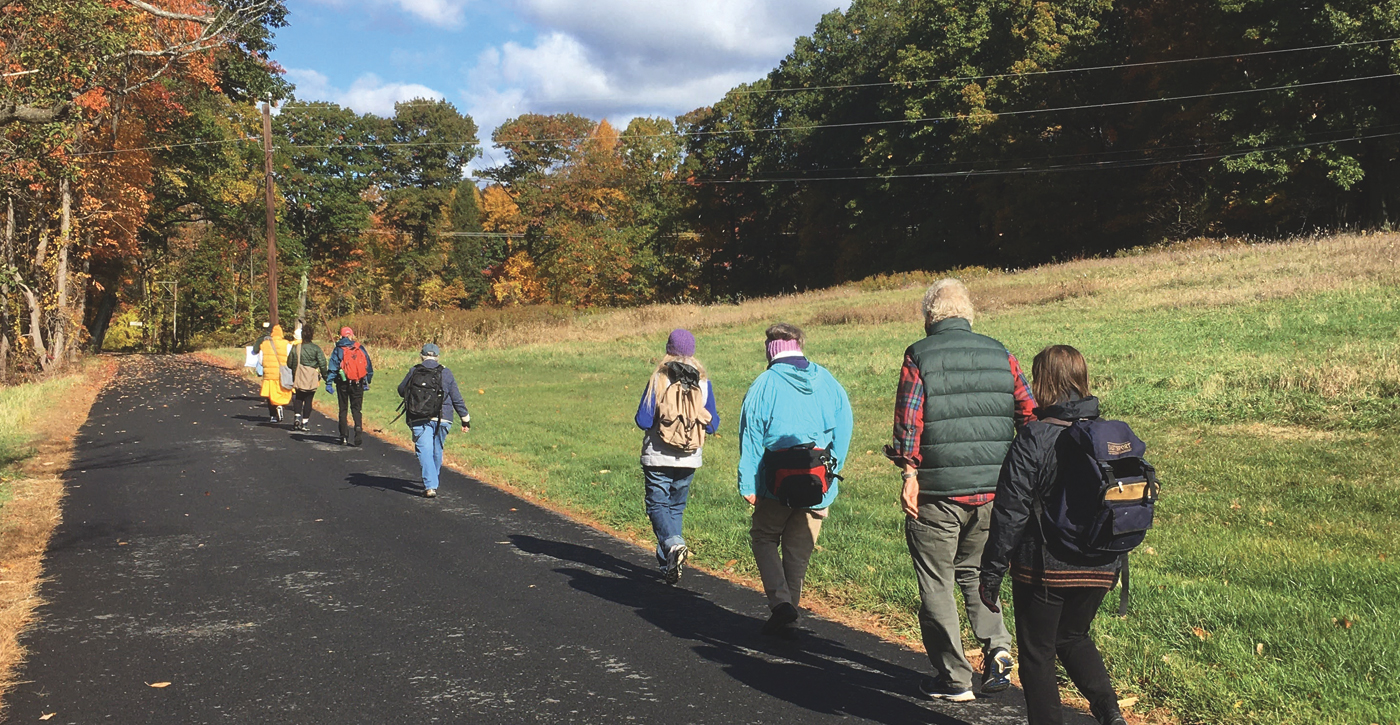
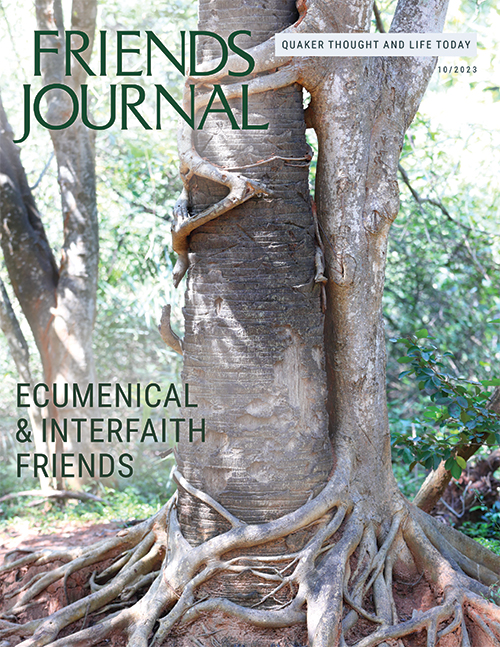
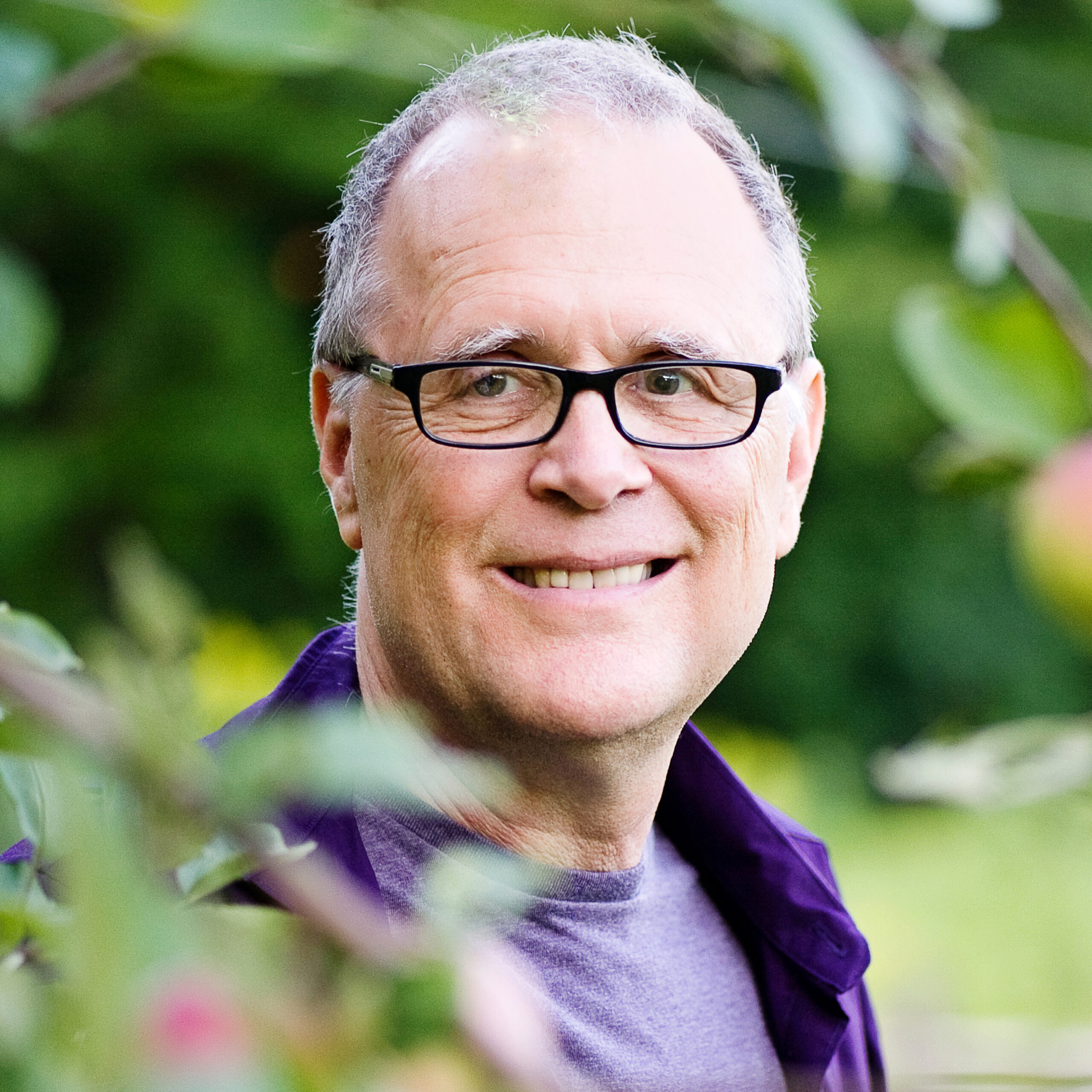
The universe is diverse in it’s details and yet it is an expression of the Spirit. Thus there is not a one size fits all for the contents of the universe so there are, quite validly in my opinion, many faiths.
The problem does not lie with universalists or universalism. The problem lies with particularists and particularism. As the last sentence of the article states: Faith-based work may open up hearts where intellectual and political efforts fail. Greater Hartford Interfaith Action Alliance is a good example. To see a current list of participants, go to https://cljct.org/ghiaa/ and scroll down to GHIAA Member Congregations and Institutions. Quakers are #23 on the list.
Many years ago when I was a young engineer I managed a project to recycle waste mill scale back into steel. The owner of the company was an Oneida spiritual minister. Many times over the course of the project we shared a meal and would discuss the state of the world. One lunch we were discussing the Oneida beliefs and the Christian beliefs. I was amazed as how close my beliefs as a Christian were to his. In fact he summed up our conversation with this statement: “There are many paths but one destination.” This knowledge is comfort to me as I live in a world of people; some like me most not.
I totally agree that many who live their lives generously and kindly to all, are closer than many who like the status of meeting membership, but fail to include love for all in their lives. Christine
If God seeks to reach everyone, everywhere, at all times, then is it any surprise we have so many religions, sects, faiths, and philosophies before technology started bringing our many ideas together? Even Christianity offers more than a one-size-fits-all. At root, the Golden Rule works pretty well for any religion or philosophy, but loving everyone (e.g. politics) is very hard when mistreated. We could quibble about details, but seeing “we” in all helps resist our less constructive hierarchical instincts.